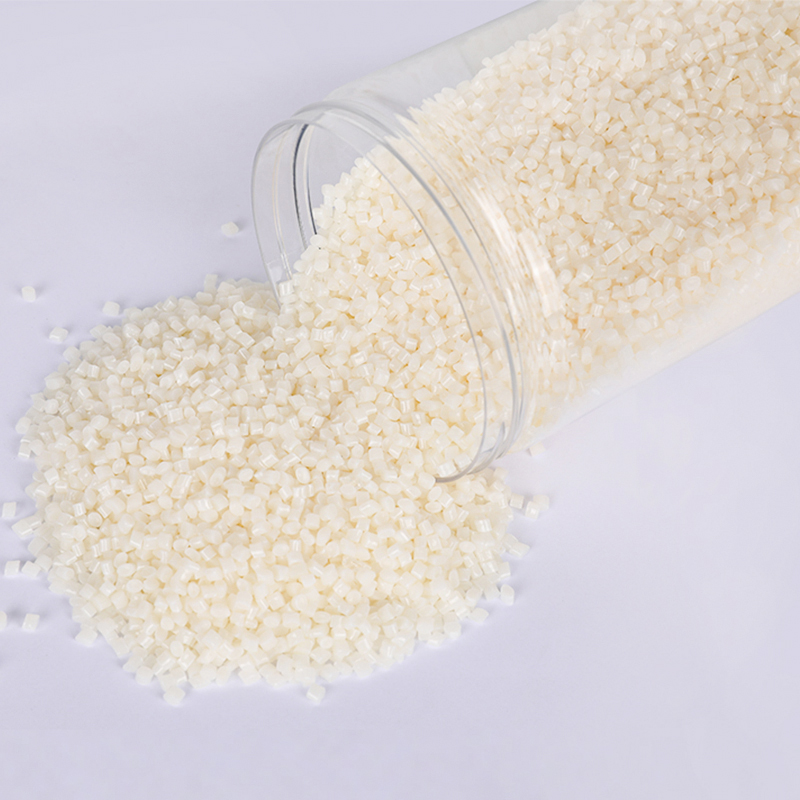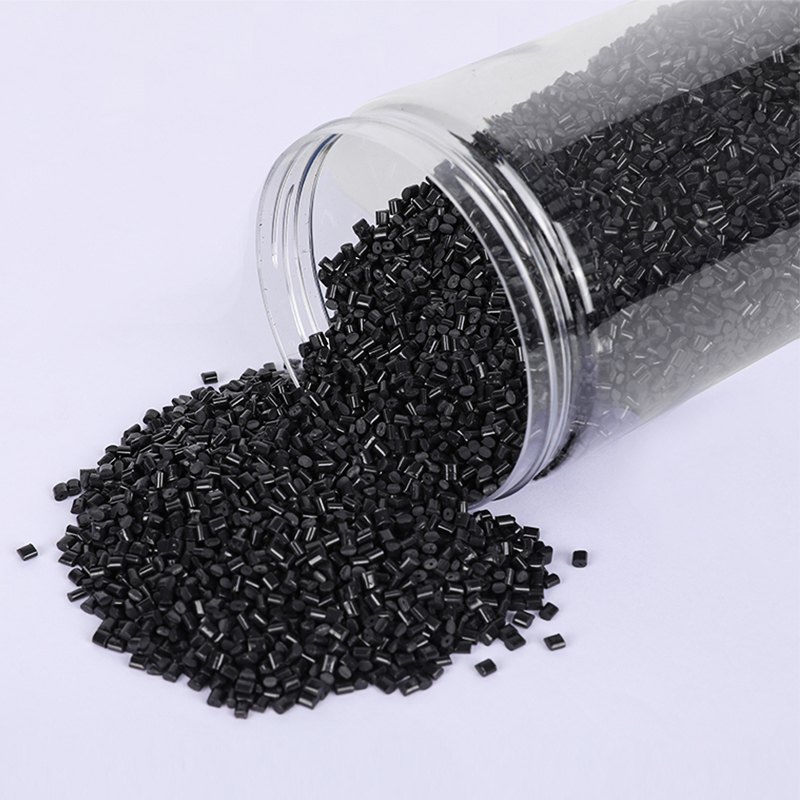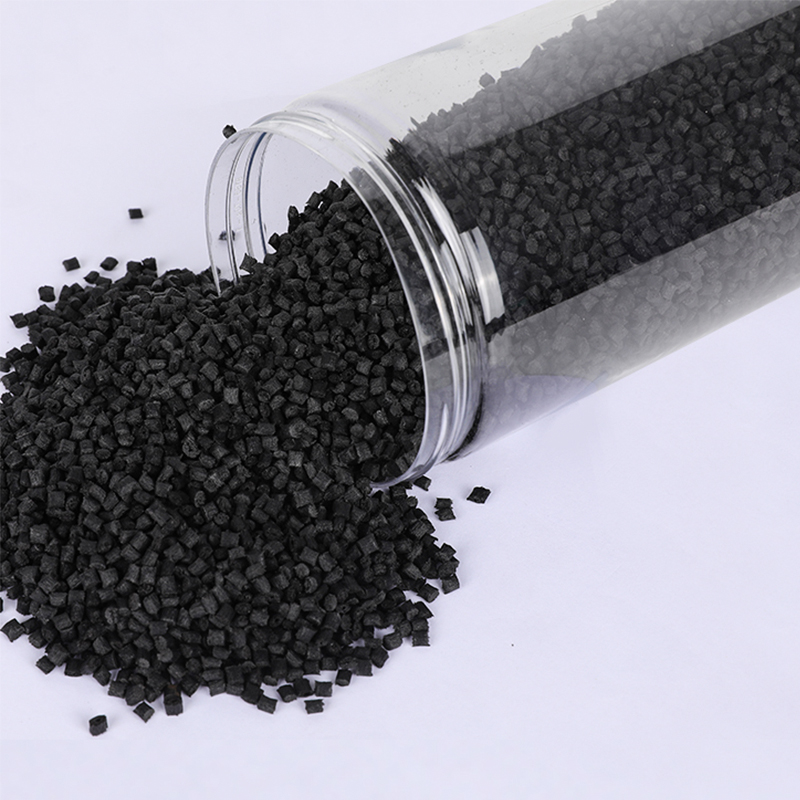Stay up to date with our recent products
Web Menu
Product Search
Exit Menu
Understanding the Chemical Resistance of ABS: Key Factors and Performance in Solvents and Oils
Acrylonitrile-Butadiene-Styrene resin is a highly versatile and widely used thermoplastic material, prized for its exceptional impact resistance, heat stability, and ease of processing. However, one of the most critical considerations when selecting ABS for industrial applications is its chemical resistance. Whether used in automotive parts, electronics, or household goods, understanding how ABS reacts to exposure to various chemicals—especially solvents and oils—is crucial for ensuring longevity, performance, and safety in real-world applications. The ability of ABS to withstand chemical attacks depends on several factors, from its molecular structure to the environment in which it is used.
ABS’s chemical resistance largely stems from its molecular composition. The material is a copolymer made of three monomers—acrylonitrile, butadiene, and styrene—which each contribute unique properties. Acrylonitrile provides excellent resistance to chemical attack, making ABS relatively resistant to many acids, alkalis, and organic solvents. However, the butadiene component, which enhances the material’s toughness and flexibility, can reduce its overall resistance to certain aggressive chemicals. Meanwhile, styrene, which contributes to ABS's rigidity and surface finish, can make it more susceptible to solvent-induced cracking or degradation in some cases. The balance of these three components means that ABS is generally resistant to a wide variety of substances, but not all. For example, while ABS performs well against dilute acids and bases, it may not hold up as well against certain organic solvents, such as acetone or methylene chloride, which can cause it to soften, swell, or even dissolve under prolonged exposure.

Temperature is another key factor influencing ABS's chemical resistance. Higher temperatures tend to weaken the material’s resistance to solvents and oils, as they can accelerate the diffusion of chemicals into the polymer matrix. In high-heat environments, the chemical resistance of ABS can diminish, especially when exposed to hydrocarbons or oils used in automotive or industrial applications. For instance, motor oils, fuel additives, and lubricants, while not highly aggressive, can cause ABS to swell or degrade over time when exposed at elevated temperatures. On the other hand, ABS performs much better at room temperature, where its chemical resistance is more robust. This makes ABS an ideal choice for applications where exposure to oils and solvents occurs in controlled or ambient temperature environments, but not in high-heat, high-stress conditions.
The concentration and duration of exposure to solvents and oils also play a significant role in determining the material's performance. Short-term contact with diluted chemicals generally doesn’t pose much of a risk to Acrylonitrile-Butadiene-Styrene resin, but prolonged exposure to strong solvents can lead to plasticizing effects, where the polymer becomes softer and more flexible, potentially compromising its mechanical integrity. This is particularly a concern in applications involving high mechanical stress, such as in automotive components exposed to fuel or in machinery exposed to industrial cleaners. The specific solvent or oil in question also matters. For example, ABS tends to fare better against water-based solutions or oils with lower aromatic content, such as mineral oils, while aromatic hydrocarbons or chlorinated solvents can have a more detrimental effect on the material. This means that careful selection of ABS grades or additives may be necessary when dealing with particular chemicals, especially in harsh environments like chemical plants or offshore rigs, where exposure to aggressive substances is common.
To enhance the chemical resistance of ABS, several modifications can be made to the material. The incorporation of certain additives, such as UV stabilizers or impact modifiers, can improve resistance to chemical attack and also boost its overall performance in outdoor or industrial environments. For instance, ABS blends that include polycarbonate or acrylonitrile-styrene-acrylate (ASA) may offer improved chemical and UV resistance without compromising the material’s other beneficial properties. These blended materials combine the advantages of different resins, resulting in a product that performs better against harsh chemicals while maintaining the core benefits of ABS, such as impact resistance and ease of processing.
As China PCR Recycled Plastic Granules Factory, We always adhere to the experience and philosophy of "keeping up with the times, constantly innovating, developing efficiently, and cooperating for mutual benefit"

Address: No.11, Wangzhuang Section, Provincial Road 01, Daqiao New Area, Economic Development Zone, Haiyan County, Jiaxing City, Zhejiang Province, China
Phone: +86-18058285678
Fax: +86-0573-86868101
E-mail: [email protected]
SUNRISE GROUP(Overseas Exclusive Agent)
www.sunrisechemical.com
2024 ICIS Global Chemical Distributor Top 8
Export Sales Manager:Helen Zhang
Mob/Whatsapp: +86 19883063465
Email: [email protected]
Copyright © Jiaxing Anyiju Plastic Industry Co., Ltd. All Rights Reserved

 简体中文
简体中文 English
English







